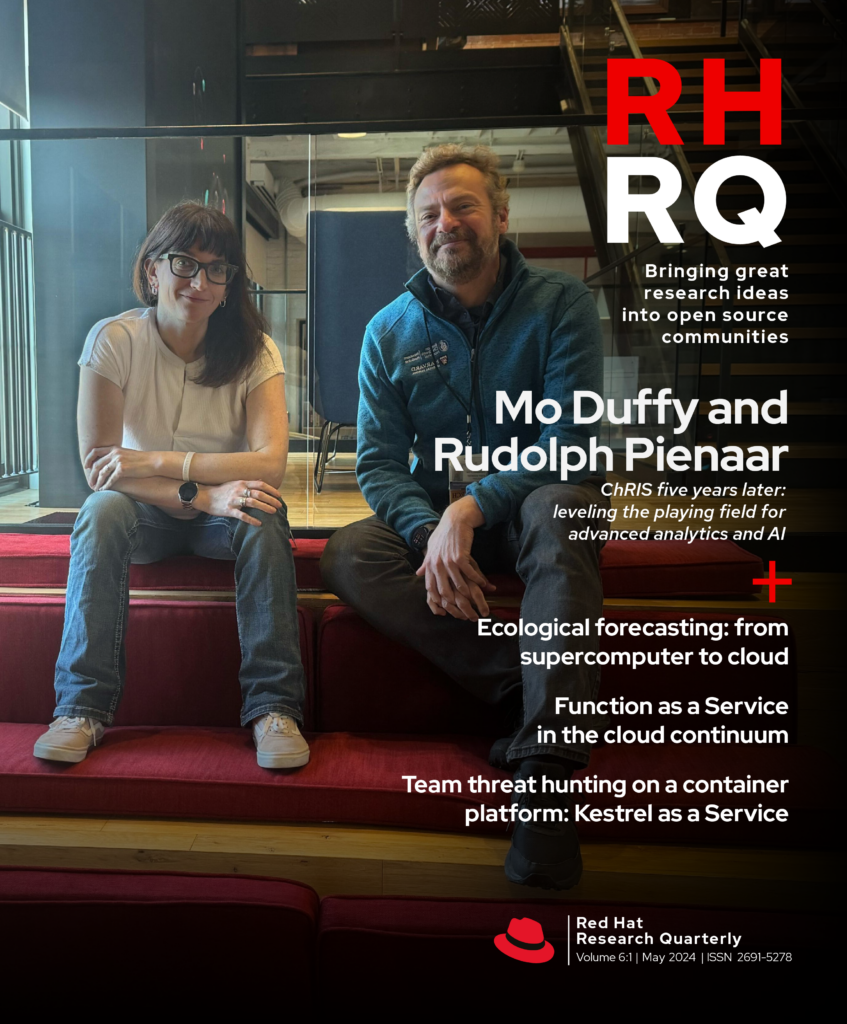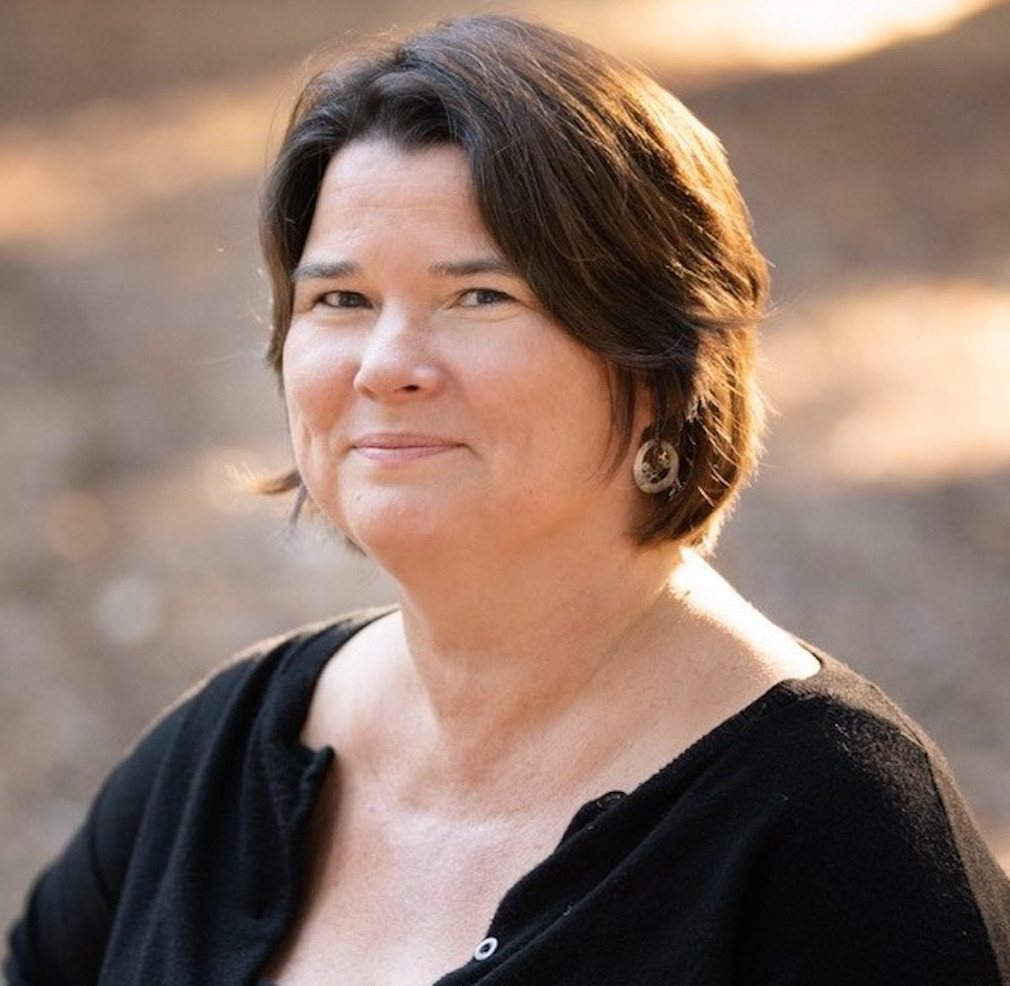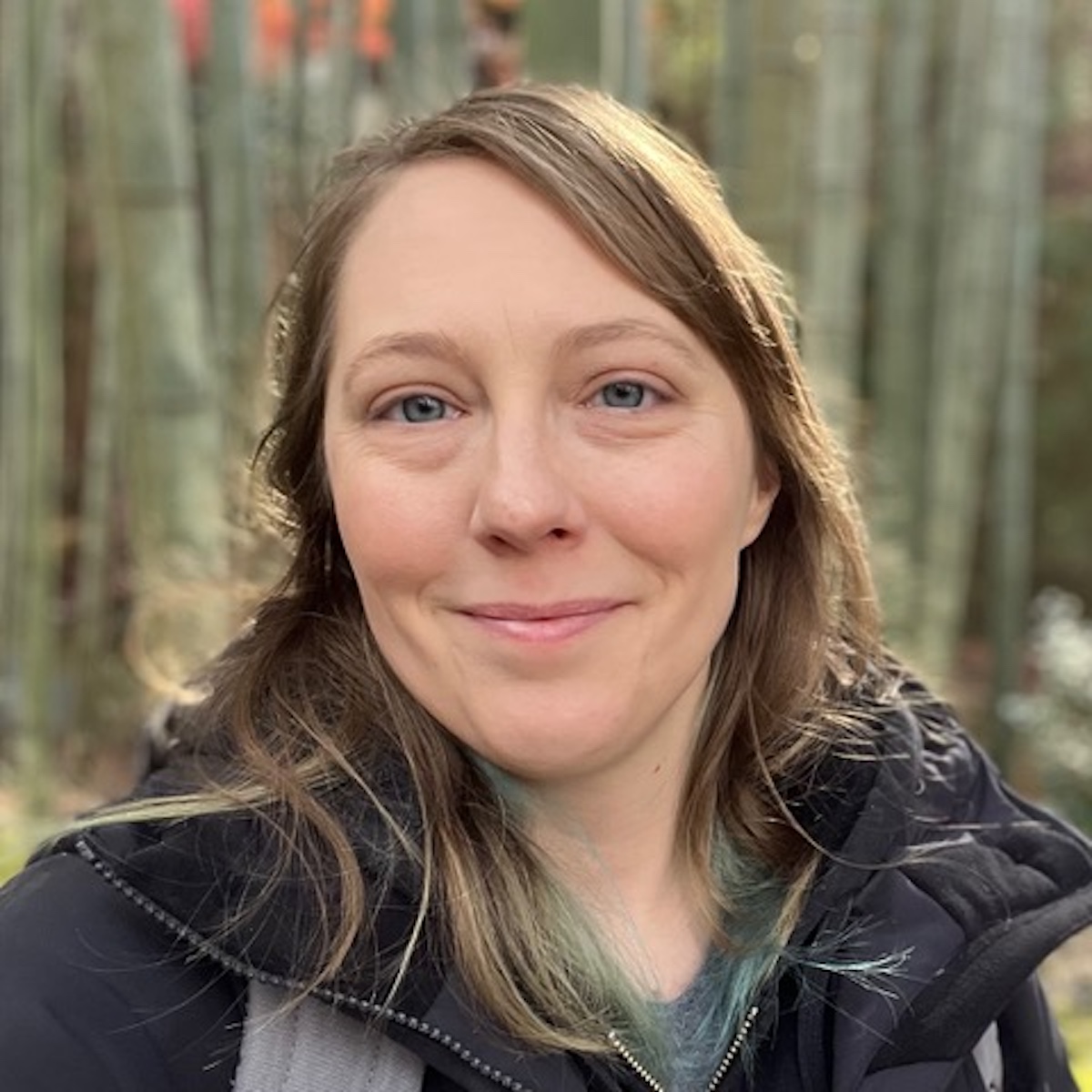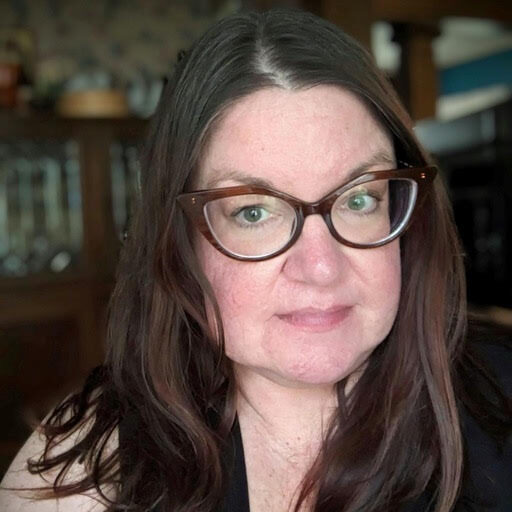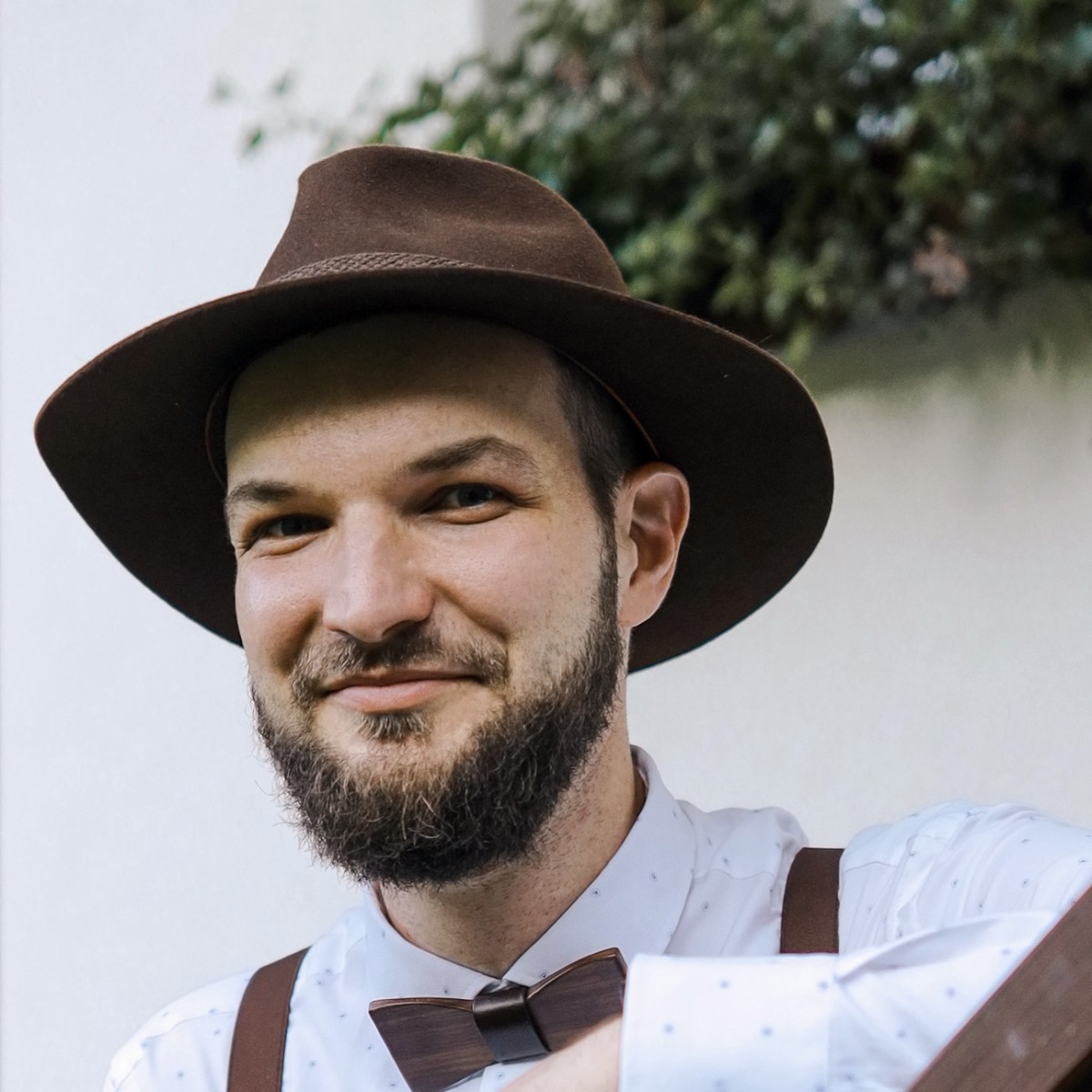When Alexander Graham Bell made the first telephone call in his Boston laboratory in 1876, saying to his assistant “Mr. Watson, come here—I want to see you,” he created our popular image of the inventor’s aha! moment. What that image doesn’t show is that this was just one moment in a research, development, and deployment effort spanning many years and a much larger group of collaborators bringing telephony into nearly everyone’s home and eventually into everyone’s hand as well.
Bell and Watson differed in their journal accounts of this moment, but there is no question this event could never have happened without their partnership. It is also interesting that Bell’s original work was as an elocutionist, not primarily as an inventor, and his early goal was to improve the quality of life and opportunities for people with hearing impairments. This issue of Red Hat Research Quarterly highlights R&D projects that, although they engendered their own aha! moments, primarily create real value by bringing together very different components into systems that make it possible for people far removed from the daily development of technology to do important work in their own worlds.
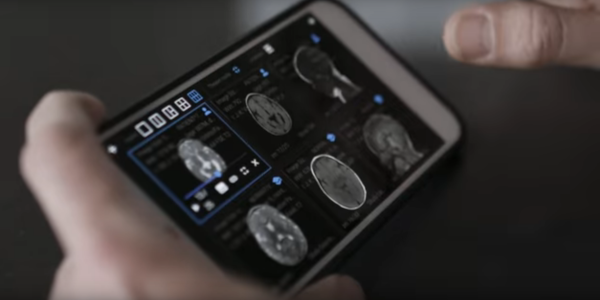
This issue also highlights the importance of building workflows, not just clever point solutions. The ChRIS project, which began as a partnership between a doctor and a computer scientist investigating what they could do together to make it easier for clinicians to evaluate and diagnose patients, grew into a bigger collaboration with Red Hat, the Mass Open Cloud, Boston Children’s Hospital, and the open source developer community over several years. In conversation with Orran Kreiger from the MOC, Máirín “Mo” Duffy, who led the effort to develop a thoughtful and efficient user experience with ChRIS tools, and Rudolph Pienaar, the principal investigator for ChRIS research, provide fascinating insights into why they work on ChRIS, how AI will affect what’s coming next, and how to break down silos between hospitals and developers with an open cloud platform.
The PEcAn project provides another great example of how ecologists and developers can come together to create a new workflow. Shared AI workbenches in PEcAn will allow scientists to respond to extreme weather events and evolving environmental changes by analyzing large troves of existing environmental data in new ways. Red Hat Principal Engineer Chris Tate teamed up with BU Professor Michael Dietz to develop a cloud architecture that would be accessible to ecologists worldwide, leveraging existing ecological models and data from Dietz’s previous projects.
Tate built on existing OpenShift software and worked with Dietz’s team to develop an Advanced Messaging Queuing Protocol (AMQP) that receives messages to run forecasts and a scalable PostgreSQL database with built-in geolocation features that are all running currently in the Mass Open Cloud. In his RHRQ article, Tate relates an interesting personal history of how the team worked together to build PEcAn and how they are working together to share their solutions with other ecologists.
Getting collaborators in a single city, or a single scientific area, to bring components to build a new larger system is challenging, as these first two articles explain. In Europe, the challenge reaches the international level. This issue’s retrospective on the PHYSICS project, (oPtimized Hybrid Space-Time ServIce Continuum in faaS), which has a name straight out of Star Trek, tells the story of many international collaborators who worked together for several years to take the idea of serverless computing where no person had gone before. The team built a novel architecture to enable easier software deployments across diverse clusters in complex real-world environments. In addition to substantial open source software contributions (Kepler, Submariner, Knative) the team demonstrated how to use the architecture to build systems to benefit e-health, smart agriculture, and smart manufacturing communities.
Enjoy these fascinating stories of how individual technical partnerships can grow into solutions that actually help us live long and prosper.


